Tangent Online Recommended Reading List 2011

Over at Tangent Online long-time editor and founder Dave Truesdale has posted his annual Recommended Reading list of the best short fiction of the year, compiled from selections made by eighteen Tangent reviewers.
Tangent Online reviews virtually every science fiction and fantasy short story published annually, combing the big print magazines (including Fantasy & Science Fiction, Asimov’s, and Analog), semi-professional outlets (such as Cemetery Dance, Interzone, Black Static, Weird Tales, Postscripts, On Spec, Bull Spec, Redstone SF, Albedo One, and Murky Depths), the leading online periodicals (Lightspeed, Beneath Ceaseless Skies, Clarkesworld, Tor.com, Strange Horizons, and Subterranean magazine) and the best anthologies published this year (Eclipse 4, Life on Mars, Like Water for Quarks, Triangulation: Last Contact, and Welcome to the Greenhouse). Just like Rich Horton, but requiring more caffeinated beverages.
This year’s list includes a total of four stories from Black Gate 15 — including two with their coveted three-star rating, their highest ranking:
- “An Uprising of One” by Jamie McEwen (Two Stars)
- “Into the Gathering Dark” by Darrell Schweitzer (Two Stars)
- “Roundelay” by Paula R. Stiles (Three Stars)
- “Purging Cocytus” by Michael Livingston (Three Stars)
Congratulations to Jamie, Darrell, Paul and Michael! The complete table of contents of Black Gate 15 is here, and you can still buy print copies through our online store for $18.95 (or as part of a bundle of two back issues for just $25). The PDF version is just $8.95.
The Kindle version, with enhanced content and color graphics, is also available through Amazon.com for just $9.99.
The complete 2011 Tangent Online Recommended Reading List list can be found here. Last year’s list is here.
 Don’t you love it when alliteration works out like that? I do.
Don’t you love it when alliteration works out like that? I do.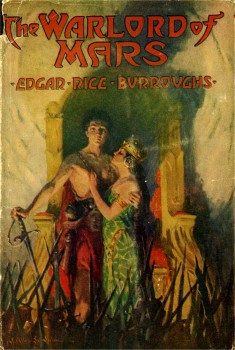 Although there are still eight more books to go in the Mars series, with The Warlord of Mars I can bring to a conclusion Phase #1 of the saga: this completes the “John Carter Trilogy,” and the books that follow it take different paths with new heroes. John Carter will not return to the protagonist role until the eighth book,
Although there are still eight more books to go in the Mars series, with The Warlord of Mars I can bring to a conclusion Phase #1 of the saga: this completes the “John Carter Trilogy,” and the books that follow it take different paths with new heroes. John Carter will not return to the protagonist role until the eighth book, 
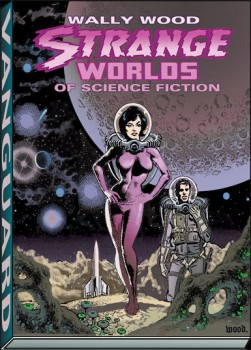
 Keeper of Dreams
Keeper of Dreams 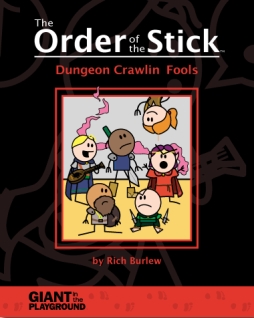 Dying is easy, the old saw has it, but comedy … that’s hard. Only — what happens if we’re talking about a world in which miracles happen to order, and people come back to life whenever a priest wants? Dying suddenly isn’t quite so easy. But comedy, real comedy … that’s still pretty hard.
Dying is easy, the old saw has it, but comedy … that’s hard. Only — what happens if we’re talking about a world in which miracles happen to order, and people come back to life whenever a priest wants? Dying suddenly isn’t quite so easy. But comedy, real comedy … that’s still pretty hard.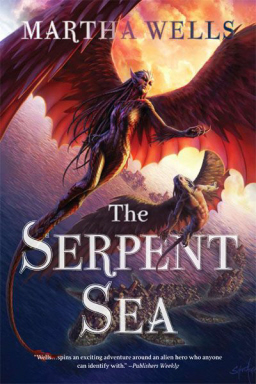
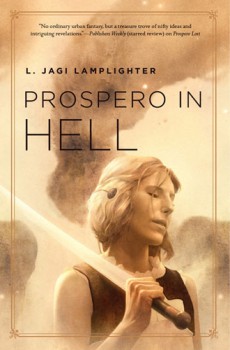 Prospero in Hell
Prospero in Hell Of potential interest to readers of this space is my
Of potential interest to readers of this space is my